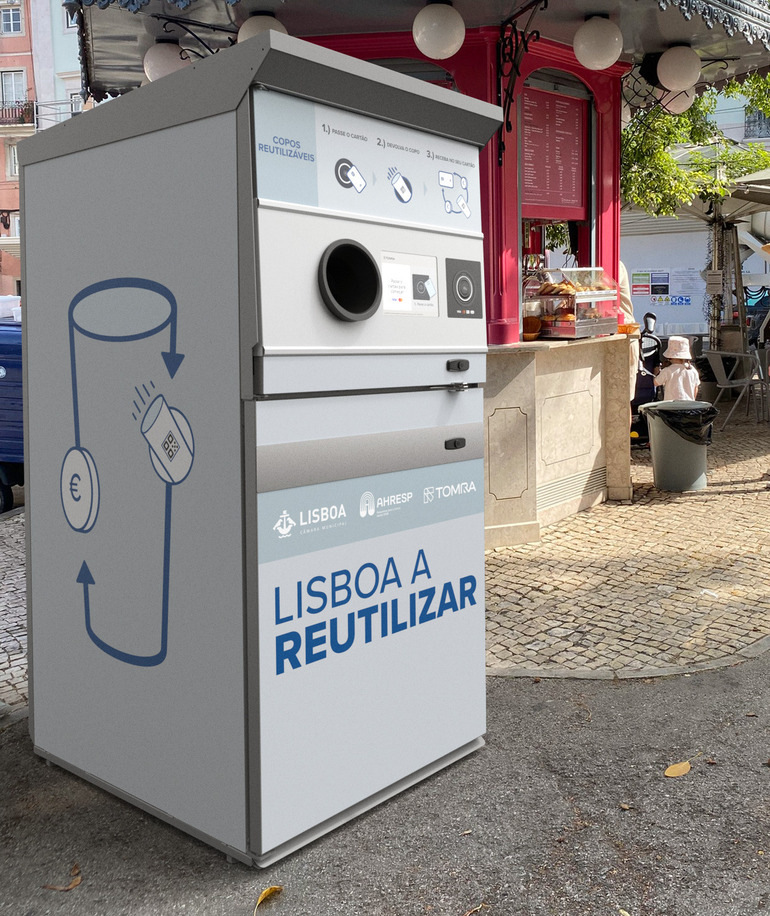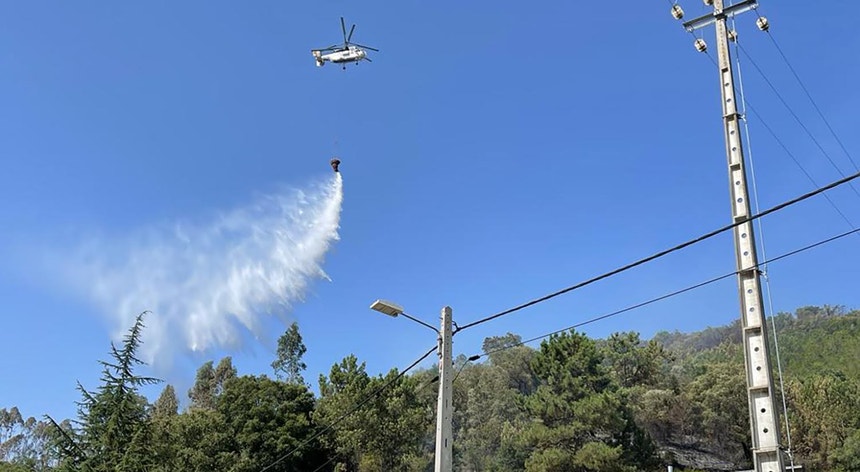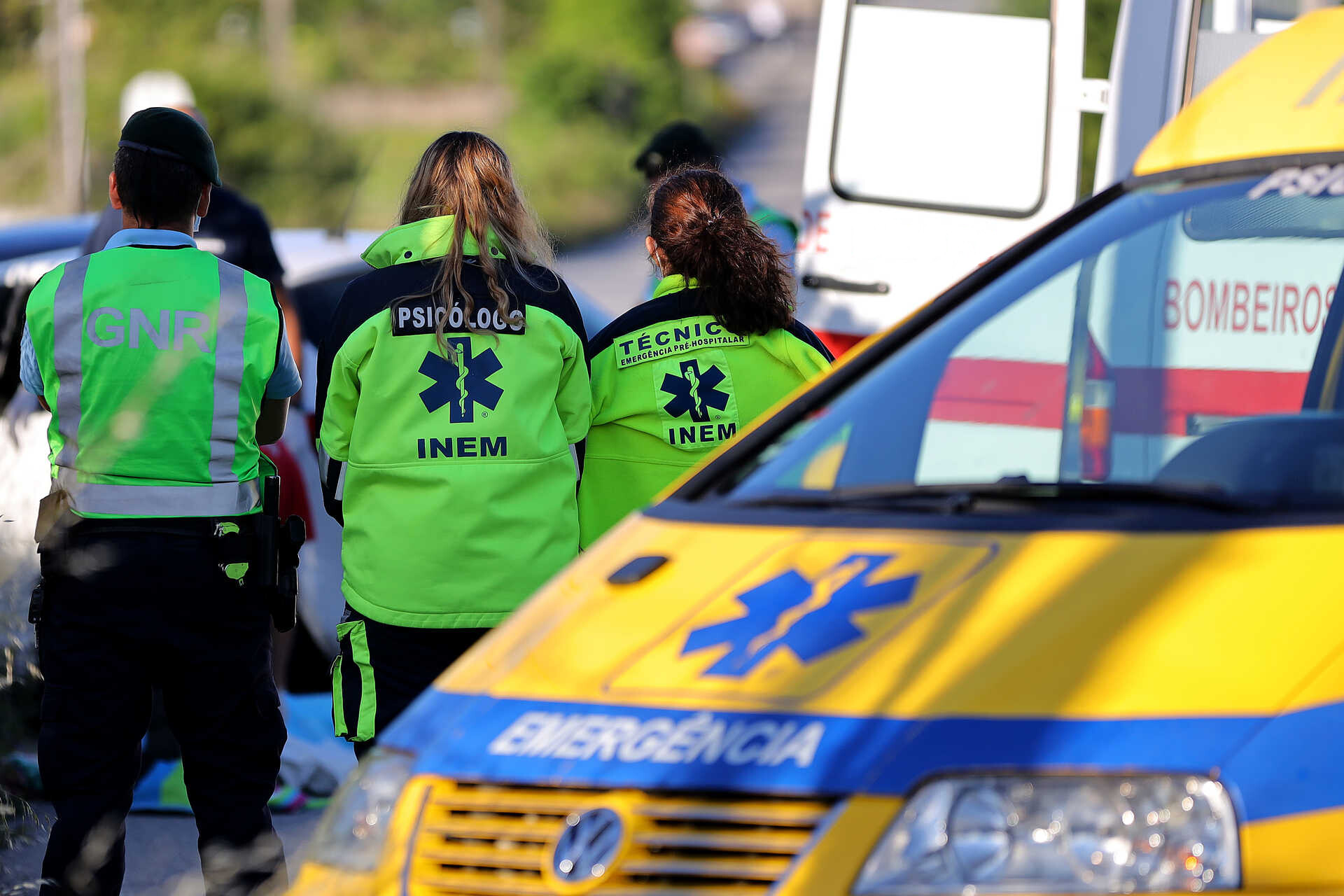Health Minister Ana Paula Martins has firmly stated her intention to remain in office, despite growing pressure following a damning report by the Inspectorate-General for Health Activities (IGAS). The report linked the death of a 53-year-old man in Pombal to delays in emergency response during a strike by the National Institute of Medical Emergency (INEM).
Key Findings from the IGAS Report
The IGAS report concluded that the death could have been avoided with timely medical intervention. It highlighted systemic failures, including overloaded call centers and insufficient human resources during the strike. The report also criticized the lack of diligence by some INEM staff, leading to censurable behavior that contributed to the delay.
Political Fallout
Opposition parties, including Chega and the Liberal Initiative (IL), are calling for political consequences, with IL proposing a parliamentary inquiry into INEM's management. The Socialist Party (PS) has also demanded urgent hearings with Minister Martins, urging her to take responsibility.
Minister's Response
Ana Paula Martins denied any direct link between the strike and the death, stating, "I will never shirk my political responsibilities." She affirmed her commitment to continue working under the leadership of Prime Minister Luís Montenegro, who has deferred the matter to parliamentary scrutiny.
Recommendations for Improvement
The IGAS report recommended several measures to prevent future tragedies, including:
- Reflecting on response times and the current callback system.
- Public awareness campaigns to educate citizens on emergency protocols.
- Internal reviews to address inefficiencies and ensure compliance with best practices.
Ongoing Investigations
The Public Prosecutor's Office has received the IGAS report, and disciplinary proceedings have been initiated against two INEM professionals. The IGAS is also investigating 11 other deaths allegedly linked to delays in emergency responses.
The Human Cost
The victim's wife reported that INEM returned her call 24 hours later, underscoring the critical failures in the emergency response system. The ambulance took 1 hour and 26 minutes to arrive, far exceeding the 120-minute window for effective treatment of a heart attack.



























Comments
Join Our Community
Sign up to share your thoughts, engage with others, and become part of our growing community.
No comments yet
Be the first to share your thoughts and start the conversation!